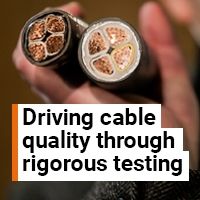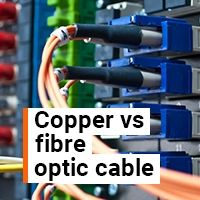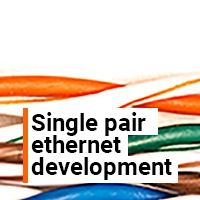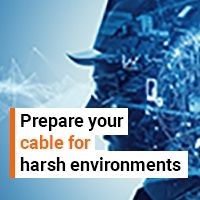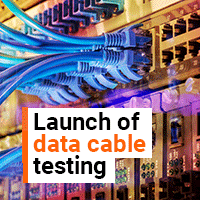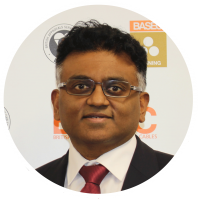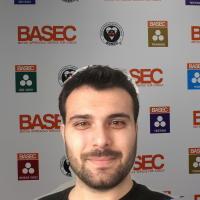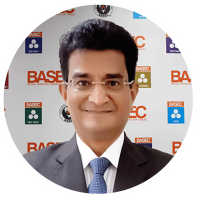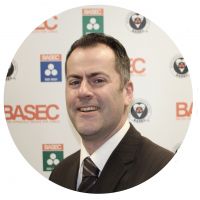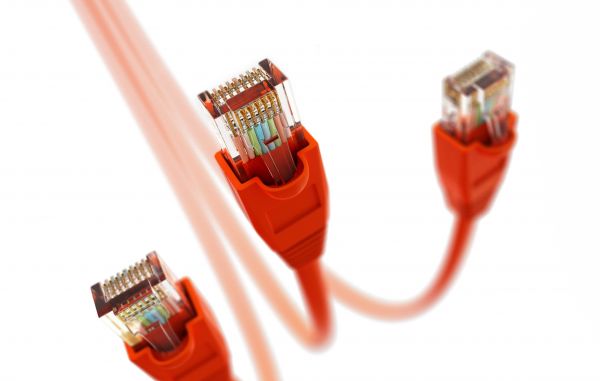
Transferring years of experience to the data cable market
Structured cabling systems accommodate data transfer at higher volumes and faster speeds. The increased reliance on digital services demands efficiency and results in cost and time management benefits. More and more companies, therefore, are using real-time data to inform strategic decisions and, as a result streamlining processes to maximise operating profits.
Cabling infrastructures sit at the heart of any data network. To meet user specifications and end application needs, new design considerations and technological advances in data cable design must be tested and certified to validate their compliance to industry standards.
When cabling is not manufactured in line with the recognised standards, this may lead to issues later down the line, during installation, environmental impacts or operation itself, which affect individual data cable or system performance.
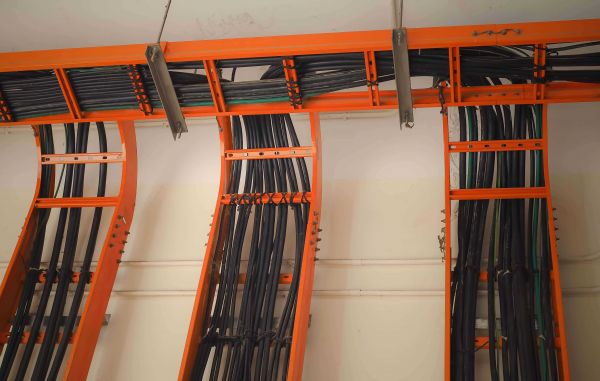
Data cables challenges
1. Structured cabling
High volumes of data required today have, in turn, resulted in additional performance considerations, such as managing the increase in electrical interference. When implementing large infrastructures, installers choose to bundle data. However, this could impact the level of noise a cable can experience.
Signal interference failures are caused by the cable conductor being exposed to electrical charge from its surroundings. For example, this could be from a neighbouring cable within the bundle. One way of minimising this is using a high-quality shielded cable to reflect interferences back down the channel or to ground.
Crosstalk testing measures the interference and clarity of the data signal. Attenuation testing measures signal loss from the source to the end device.
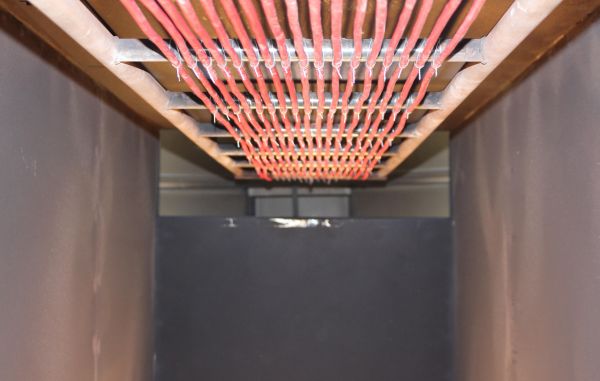
2. Fire performance and CPR testing
Data cables are insulated by polyethylene (PE) - this material is also highly flammable as it has dielectric attributes. When cables are bundled together, PE is concentrated in one area, which creates an increased fire risk. Data cables can also contribute to the spread of a fire as they run between rooms, floors and above ceilings etc.
The environments within which data cables operate must be safe, reinforcing the importance of higher fire performance characteristics and the need for fire classification.
Within a structured data network, cables can be permanently installed in buildings, in horizontal cabling configurations. As these cables are classed as fixed, they must comply to specified reactions to fire properties as outlined in construction products regulations.

3. MICE testing
Mechanical, ingress, climatic and electromagnetic (MICE) testing is essential in harsh industrial environments, where smart warehouses and factories are now utilising IoT technologies to streamline production processes and improve business efficiencies.
These surroundings exhibit exposure to dust, water, humidity, chemicals, extreme temperatures, vibrations, or heavy electromagnetic interference (EMI), which data cables would not typically be exposed to in commercial office-based environments.
One example of risk could be if a heavy machine or tool falls on and crushes a cable, causing signal failures or machinery outages, which may cause substantial cost implications for businesses.
The need for structured cabling is widespread within more and more industries as the demand for data continues to grow.
BASEC's holistic approach to data cable testing and certification ensures any transmission cable with the BASEC mark can accommodate the data demand and can withhold the test of time even within challenging surroundings.
Get your copy of the Data cable testing certification guide today
Enter the laboratory test area
Regional experts
Click the arrows to scroll for your regional teams



